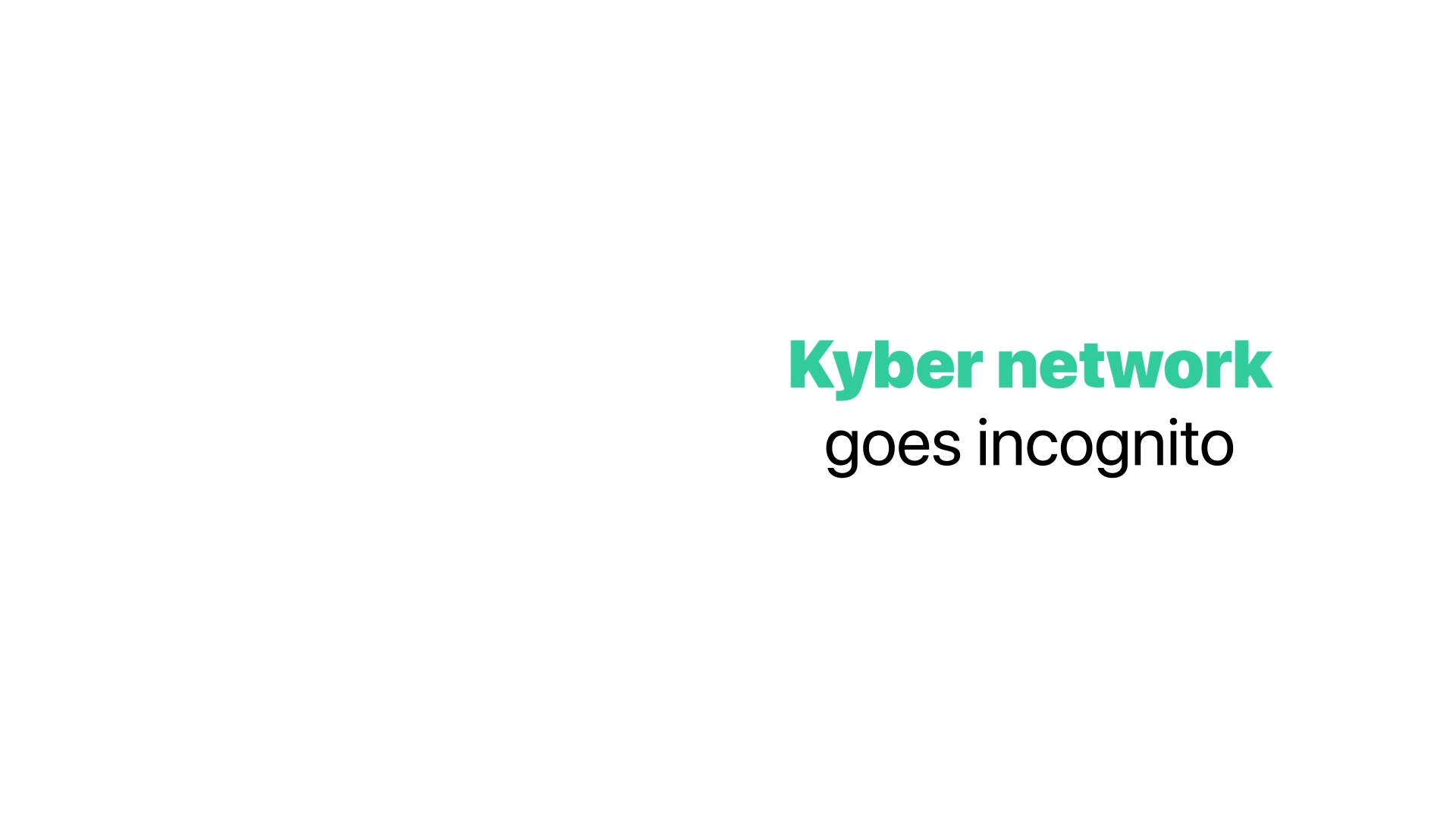Hey guys! Happy to share our latest achievements 
Yesterday we released Incognito mode for Kyber Network (on mainnet) Thanks @duy & @loiluu for support 

Privacy for smart-contracts
Earlier this spring we’ve shared research about how privacy for smart-contracts works.
Find how to trade anonymously on Kyber →